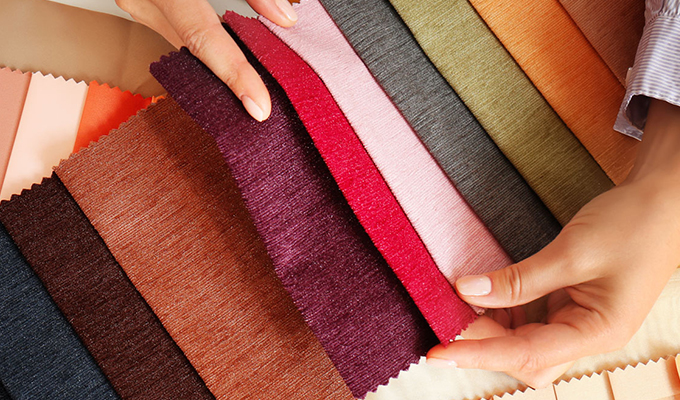

The Engineering Behind the Texture The Moss Crepe Fabric is a textile renowned for its distinctive granular, slightly rough, yet soft texture—a characteristic often described as "pebbled" or "sand-lik...
As consumer expectations for comfort, versatility, and sustainability continue to transform the global textile landscape, one material is rising rapidly in popularity across fashion, sportswear...
The Critical Role of Semi Synthetic Fibers in Modern Textile Production The global textile industry is currently undergoing a profound transformation, driven by consumer demand for both luxury aesthet...
Introduction: The Global Ascent of Engineered Textiles The textile industry is currently undergoing a profound transformation, moving away from simple commodity production toward high-performance, eng...
Introduction: The Renaissance of Woven Artistry In an era dominated by rapid, printed designs, Jacquard Fabric stands as a testament to textile engineering and enduring artistry. Named after its inven...
In today’s textile industry, innovation and performance are key factors driving fabric development. Among numerous materials available, Polyester Woven Fabric has become one of the most widely used an...
1. Material Selection
The production of Rib Embroidery Fabric starts with the selection of fabrics. Common fabric base materials include cotton, polyester, nylon, wool and man-made fibers. These materials have good elasticity and comfort, and can meet the needs of different styles and uses. In the production of SHAOXING YUZE TEXTILE CO.,LTD, the most commonly used base materials are polyester and man-made fibers, which are not only durable and cost-effective, but also have good dyeability and embroidery adaptability.
2. Rib weaving
The production process of rib fabric is a highlight of Rib Embroidery Fabric. Rib fabric uses special settings of the loom to alternately weave warp and weft yarns of different thicknesses, so that the surface of the fabric presents a striped texture. According to the density and shape of the stripes, rib fabrics can be divided into single rib, double rib and multi-rib. The advantage of the rib structure is that it provides better elasticity and comfort, and the visual effect of the stripes also makes the fabric more three-dimensional and dynamic.
3. Embroidery technology
On the basis of rib fabric, the embroidery technology further enhances the artistry of the fabric. Embroidery uses a computer-controlled automated embroidery machine to embroider the design pattern on the surface of the fabric through precise control. The embroidery pattern can be a simple geometric shape or a complex flower, animal or brand logo. The advantage of the embroidery technology is its fineness and high added value, which can add a unique beauty and texture to the fabric.
4. Dyeing and printing
Dyeing and printing technology is another important link in the production of Rib Embroidery Fabric. At SHAOXING YUZE TEXTILE CO.,LTD, the company uses advanced dyeing and printing technology to achieve a variety of color effects and pattern designs. The dyeing process usually uses environmentally friendly water-based dyes or reactive dyes to ensure the durability of the color and the environmental performance of the fabric. The printing process can accurately present the pattern on the surface of the fabric through heat transfer, screen printing, etc.
5. Post-processing and quality inspection
During the production process, the fabric undergoes a series of post-processing procedures, such as shaping, softening, and shrinkage resistance, to ensure the stability and comfort of the fabric. Quality control is one of the core links of SHAOXING YUZE TEXTILE CO.,LTD. All fabrics will undergo strict quality inspection before leaving the factory to ensure that each batch of products meets international standards.